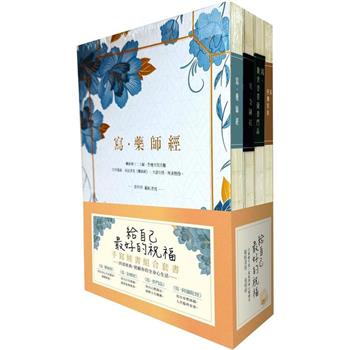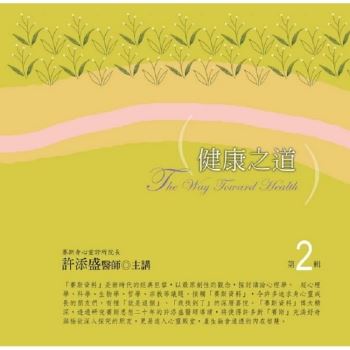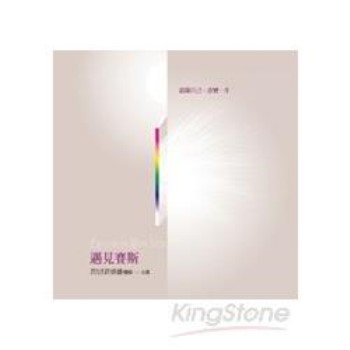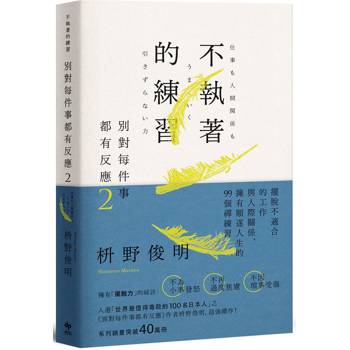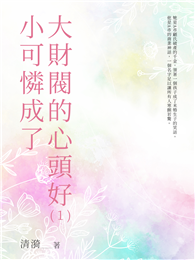With a focus on the object and where it is situated, in time (memory) and space (mobility), Memory, Mobility, and Material Culture embodies a multidisciplinary and cross-disciplinary approach.
The chapters track the movement of the objects and their owner(s), within and between continents, countries, cities, and families. Objects have always been considered with an eye to their worth - economic, aesthetic, and/or functional. If that worth is diminished, their meaning and value disappear, they are just things. Yet things can still fulfil functions in our daily lives; they hold symbolic potential, from personal memory triggers, to focal points of public ritual and religion; from collectors’ obsession, to symbols of loss, displacement, and violence. By bringing into dialogue the work of specialists in ethnology, art history, architecture, and design; literature, languages, cultures, and heritage studies, this volume considers how displaced memory - the memory of refugees, migrants, and their descendants; of those who have moved from the countryside to the city; of those who have faced personal upheaval and profound social change; those who have been forced into exile or experienced major personal or collective loss - can become embodied in material culture.
This book is important reading to those interested in cultural and social history and cultural studies.


